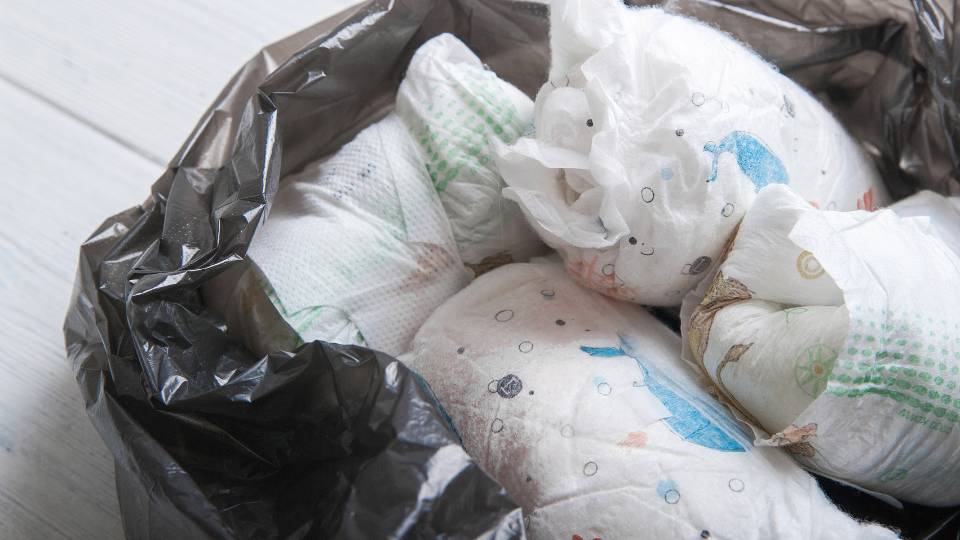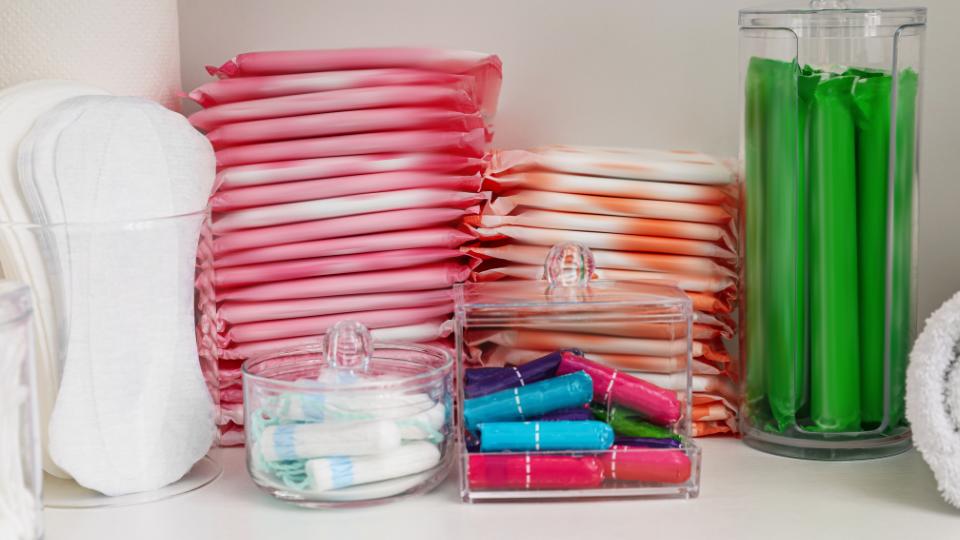
Managing sanitary waste in the workplace is very important, with place of work being busy places, with lots of people coming and going.
Ensuring cleanliness and sanitation is important for employee wellbeing and the reputation of your organisation.
The management of sanitary waste in the workplace is often overlooked but is a crucial aspect of waste management.
If you don’t look after your workplace’s sanitary waste, it can lead to odour issues, health concerns, and infringement of your employees’ rights and other regulations.
Keep reading to see our advice on how to manage sanitary waste in the workplace!
Table of Contents
- Have Clear Policies Around Sanitary Waste
- Providing Enough Bins for Sanitary Waste
- Use Colour Coded & Labelled Sanitary Waste Bins
- Regular Maintenance and Cleaning of Sanitary Waste Bins
- Promoting Cleanliness Habits
- Sanitary Waste Audits and Monitoring
- Partnering with Specialised Waste Disposal Services
- Conclusion
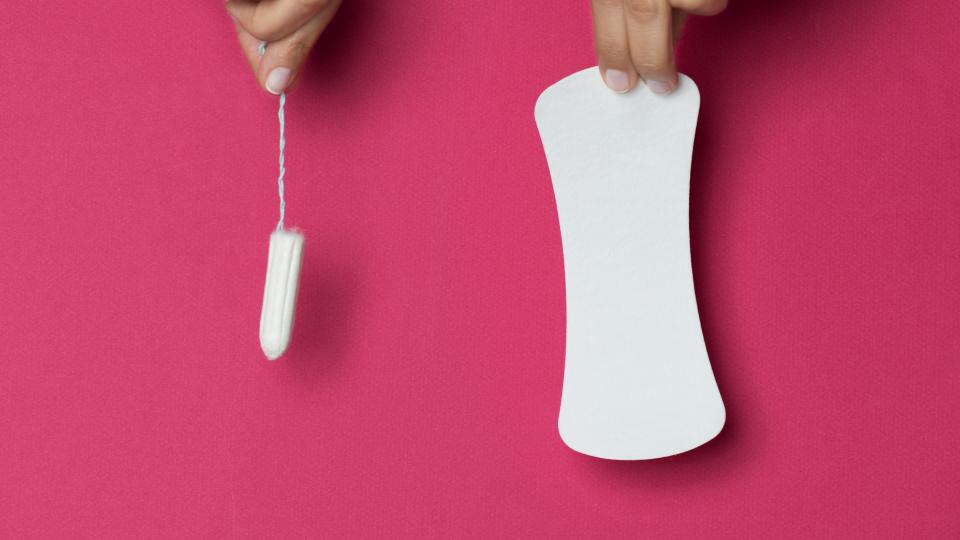
Have Clear Policies Around Sanitary Waste
It’s important to establish clear policies and procedures so that your business can manage sanitary waste.
Initiate this process by creating clear and transparent policies around managing sanitary waste.
This may include outlining the standards and protocols for waste disposal, like helpful infographics or posters on what can go in a sanitary waste bin on the inside of the cubicle door.
Also, make sure your office manager or whoever is responsible for managing your waste and cleaning contract is making sure that the bins are emptied frequently and kept in a clean condition.
To ensure that the guidelines you set out are communicated well across your business, make sure you use various channels of communication.
Include details on usage policy and hygiene in employee contracts, print out infographics for the bathrooms where sanitary waste bins are held, and send out emails if there is a necessary update.
Make sure your guidelines are accessible in company handbooks which should be available digitally as well as printouts.
Make sure your employees know who their representative is to talk to if they have questions.

Providing Enough Bins for Sanitary Waste
Having plenty of bins for sanitary waste is really important in workplaces.
These bins are specifically for things like used sanitary towels, tampons, nappies, and other hygiene products.
Put these bins in places where they’re easy for everyone to use discreetly, like bathrooms, toilet cubicles and new motherhood rooms.
You might also want to have them in places where people might need them for personal hygiene or breastfeeding.
Make sure the bins are the right size to hold all the waste and aren’t too big or too small.
It’s important to empty and clean them regularly to stop bad smells and bacteria from building up.
When employers make sure there are enough bins for sanitary waste and keep them clean, it shows that they care about keeping the workplace healthy and comfortable for everyone.
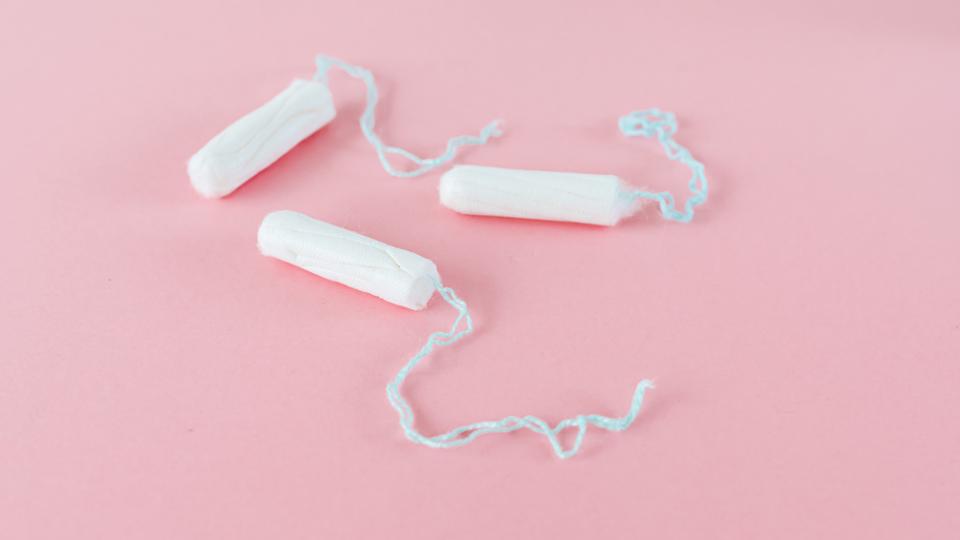
Use Colour Coded & Labelled Sanitary Waste Bins
Using colour-coded bins and clear signage is a game-changer for managing workplace sanitary waste.
This simple yet effective strategy helps employees easily differentiate between general waste, recyclables, and sanitary waste, all of which bins may be present in bathrooms and new mother rooms.
- Designate Specific Bins:
It may seem obvious, but the first step in managing sanitary waste in the workplace is ensuring you have a sanitary waste bin set up.
Talk to your waste broker about getting a sanitary bin for each cubicle in your bathroom or any other private rooms you may have, like nursing rooms for new mothers.
- Colour-Coding:
Assign different colours to each type of waste bin.
For example, use red for general waste, blue for recyclables, and yellow for sanitary waste.
This visual cue makes it easy for employees to identify the right bin at a glance.
- Clear Labelling:
Ensure each bin is clearly labelled with its intended use.
Use simple language and pictures to describe what should be disposed of in each bin.
This helps minimise confusion and ensures correct disposal practices.
By implementing labelled and colour-coded bins, businesses can streamline waste management processes, reduce contamination risks, and promote a cleaner and more hygienic workplace environment.

Regular Maintenance and Cleaning of Sanitary Waste Bins
It’s essential to have a regular cleaning and sanitising schedule to keep the workplace hygienic.
This involves setting up a plan to clean the waste bins and the areas nearby on a consistent basis.
If you have a cleaning company on contract, make sure you liaise with them to make sure their schedule, your goals and your budget line up.
- Emptying Bins:
Make sure to empty the waste bins regularly.
When they get too full, it can lead to bad smells and make the workplace less pleasant.
By emptying them often, you can prevent this from happening.
- Cleaning Bins:
Cleaning the bins is also important.
This means wiping them down with disinfectant to get rid of any germs or dirt that may have built up.
It’s a simple step, but it can make a big difference in keeping the workplace clean and healthy.
- Changing Liners:
Don’t forget to change the liners inside the bins regularly.
This helps to prevent odours and keeps the bins looking tidy.
It’s a small task, but it can go a long way in maintaining a clean and hygienic environment.
- Thorough Cleaning:
In addition to cleaning the bins themselves, it’s important to do a thorough cleaning of the areas where the bins are located.
This includes restrooms and other spaces where there are bins for sanitary waste.
Paying attention to these areas ensures that they stay clean and hygienic for everyone in the workplace.
By implementing a routine maintenance plan that includes these steps, businesses can ensure that their workplace remains clean, hygienic, and pleasant for employees and visitors alike.
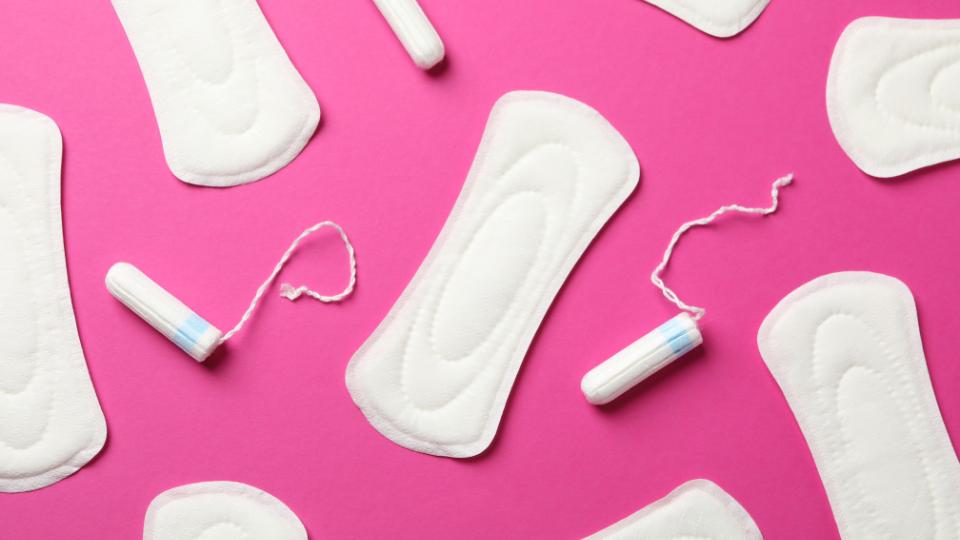
Promoting Cleanliness Habits
Creating a workplace where cleanliness is a priority starts with encouraging everyone to adopt good habits.
This means teaching employees the importance of keeping things clean and providing them with the tools and knowledge to do so.
It may seem basic, but not everyone grew up in the same environment, so it’s always worth making sure everyone starts out on a level playing field and has access to the same basic knowledge.
- Proper Handwashing:
Teach employees the correct way to wash their hands thoroughly with soap and water – you can do this with helpful instructions posted near sinks.
Explain why this is important for preventing the spread of germs and illnesses.
- Hand Sanitisers
In addition to handwashing, encourage the use of hand sanitisers, especially in situations where soap and water are not readily available.
Provide hand sanitiser stations in high-traffic areas throughout the workplace, such as entrances, break rooms, and near shared equipment.
- Waste Disposal
Emphasise the importance of proper waste disposal to maintain cleanliness and hygiene.
Encourage employees to use designated bins for different types of waste, including recyclables and sanitary items.
Make sure these bins are easily accessible and clearly labelled to avoid confusion.
- Educational Materials
Provide educational resources such as posters, brochures, or online materials that reinforce cleanliness practices.
These materials can cover topics like proper handwashing techniques, the importance of using hand sanitisers, and guidelines for sanitary waste disposal.
Distribute these materials regularly and consider hosting informational sessions or workshops to further reinforce the message.
- Regular Reminders:
Keep cleanliness practices top of mind by regularly reminding employees of their importance.
This can be done through email reminders, bulletin board announcements, or verbal reminders during team meetings.
Consistent reinforcement helps engrain cleanliness habits into the workplace culture.
By actively promoting cleanliness habits and providing the necessary resources and reminders, businesses can cultivate a culture of hygiene awareness that benefits everyone in the workplace.
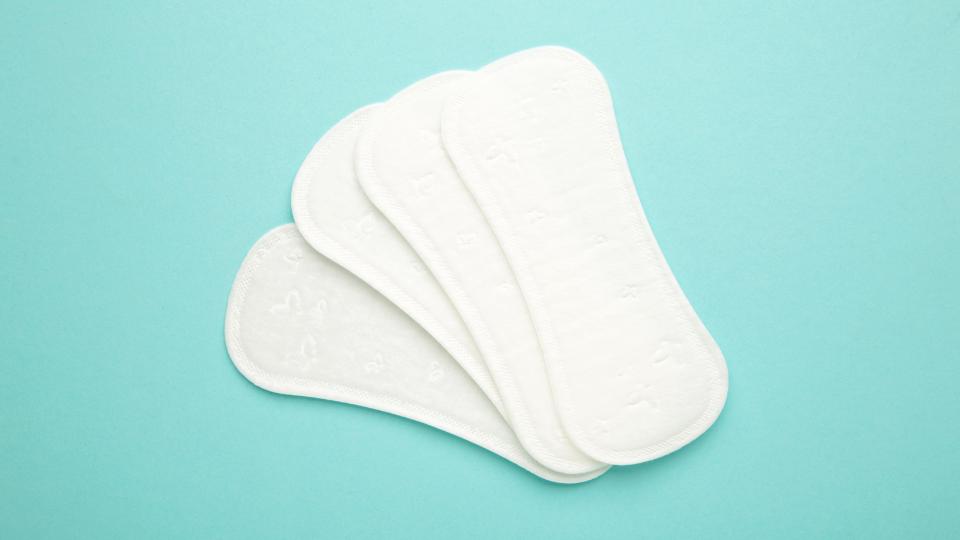
Sanitary Waste Audits and Monitoring
Establishing a system to monitor and evaluate the effectiveness of sanitary waste management practices is crucial for maintaining a clean and hygienic workplace environment.
This involves regularly checking how well the waste management processes are working and making adjustments as needed to ensure optimal efficiency.
Remember that each business is different! We have a dedicated guide on sanitary waste at events!
- Tracking Metrics:
Start by tracking various metrics related to sanitary waste management.
This includes monitoring the volume of waste generated over time, keeping tabs on how frequently bins are emptied, and assessing whether employees are following the designated disposal guidelines.
You can do this simply by just jotting down some notes in an Excel document or Google Sheets.
- Analysing Data:
Once you have collected this data, take the time to analyse it thoroughly.
Look for patterns or trends that may indicate areas where improvements can be made.
For example, if you notice that certain bins consistently fill up faster than others, it may be a sign that additional bins are needed in those areas.
- Identifying Areas for Improvement:
Use the data analysis stage to identify specific areas where the waste management system can be improved.
This could involve adjusting the placement or size of bins, implementing additional waste reduction measures, or providing further education and training to employees on proper waste disposal practices.
- Tailoring the Waste Management System:
Based on your findings, tailor the waste management system accordingly to address any identified shortcomings.
This may involve making physical changes to the infrastructure, updating policies and procedures, or implementing new tools or technologies to streamline waste management processes.
- Continuous Improvement:
Remember that monitoring and improving sanitary waste management is an ongoing process.
Regularly revisit and reassess the effectiveness of the waste management system, and be open to making further adjustments as needed to ensure that cleanliness and hygiene standards are consistently met.
By implementing a systematic approach to monitoring and improving sanitary waste management practices, businesses can create a safer, healthier, and more pleasant workplace environment for employees and visitors alike.
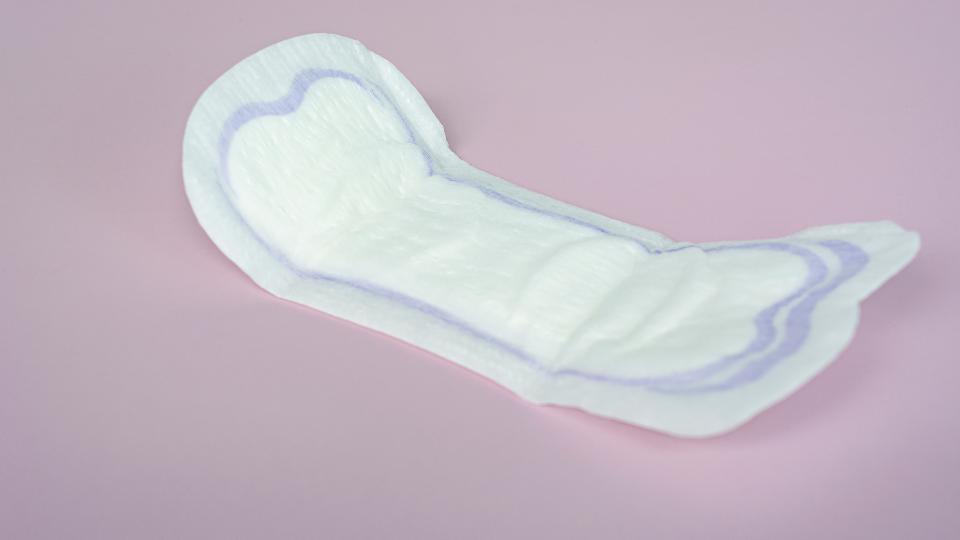
Partnering with Specialised Waste Disposal Services
Building relationships with professional waste management companies (just like us!) that specialise in handling sanitary waste is a smart move for businesses.
These companies have the expertise and resources to manage sanitary waste efficiently and responsibly.
Struggling to keep your workplace clean and hygienic?
At Waste Managed, we specialise in helping businesses effectively manage their sanitary waste.
From tracking waste volume to ensuring regulatory compliance, let us streamline your waste management process for a cleaner, safer workplace environment.
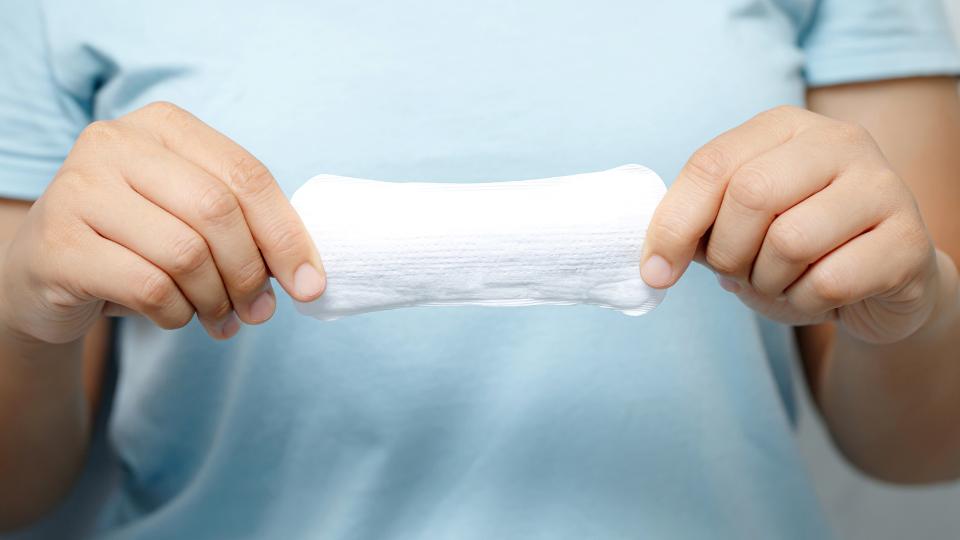
Conclusion
By integrating these best practices into your workplace environment, you can create a clean, and hygienic workplace for employees and visitors alike.
Effective sanitary waste management not only safeguards health and safety but also contributes to the overall reputation and image of the organisation.
Remember, a commitment to cleanliness is important for professionalism and demonstrates care for all stakeholders interacting within the workplace.

